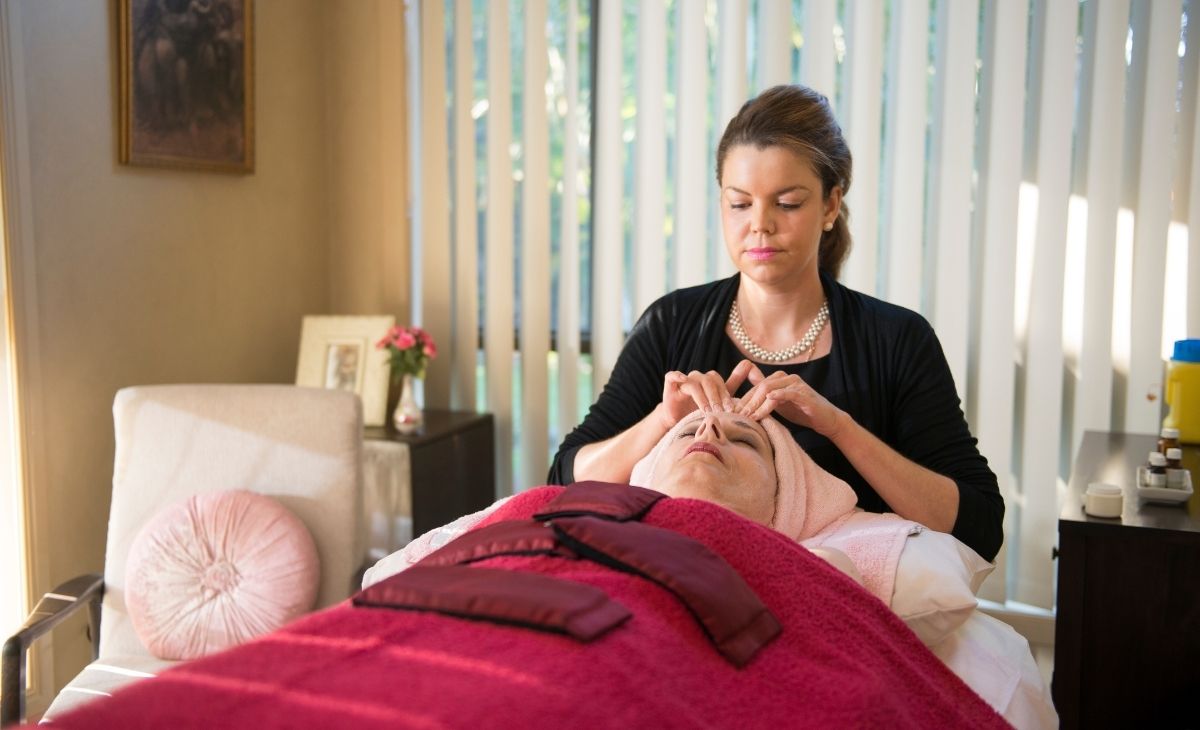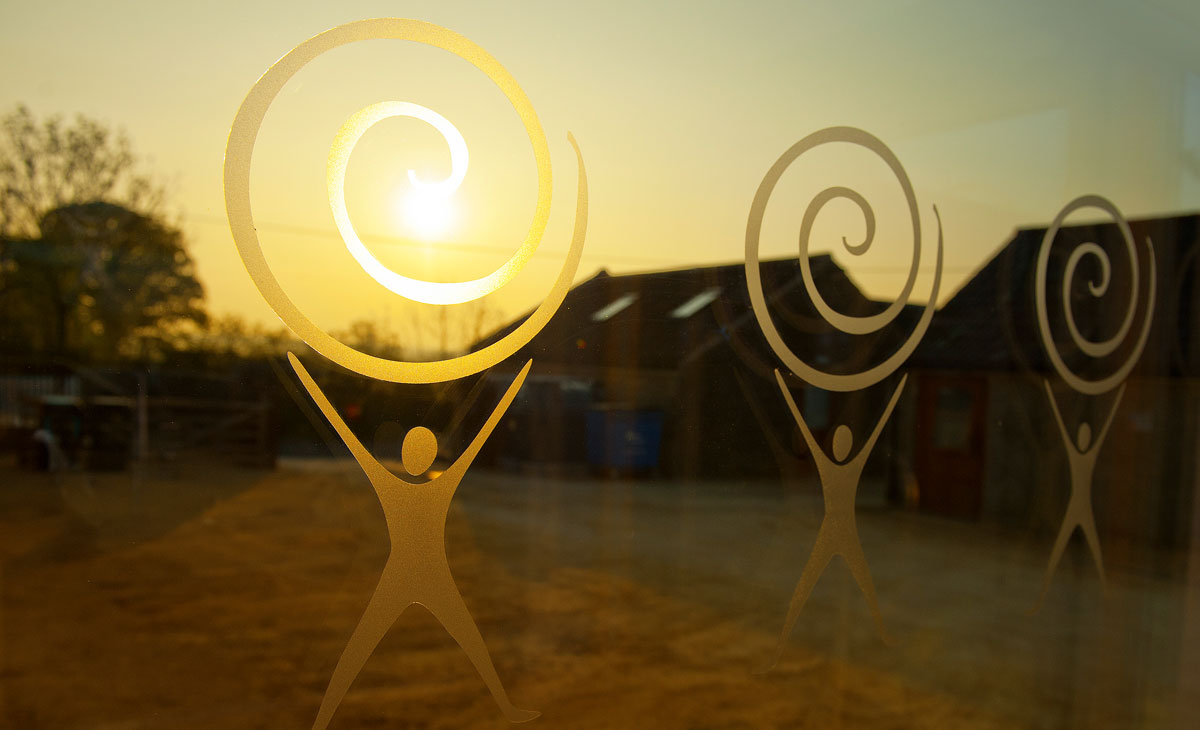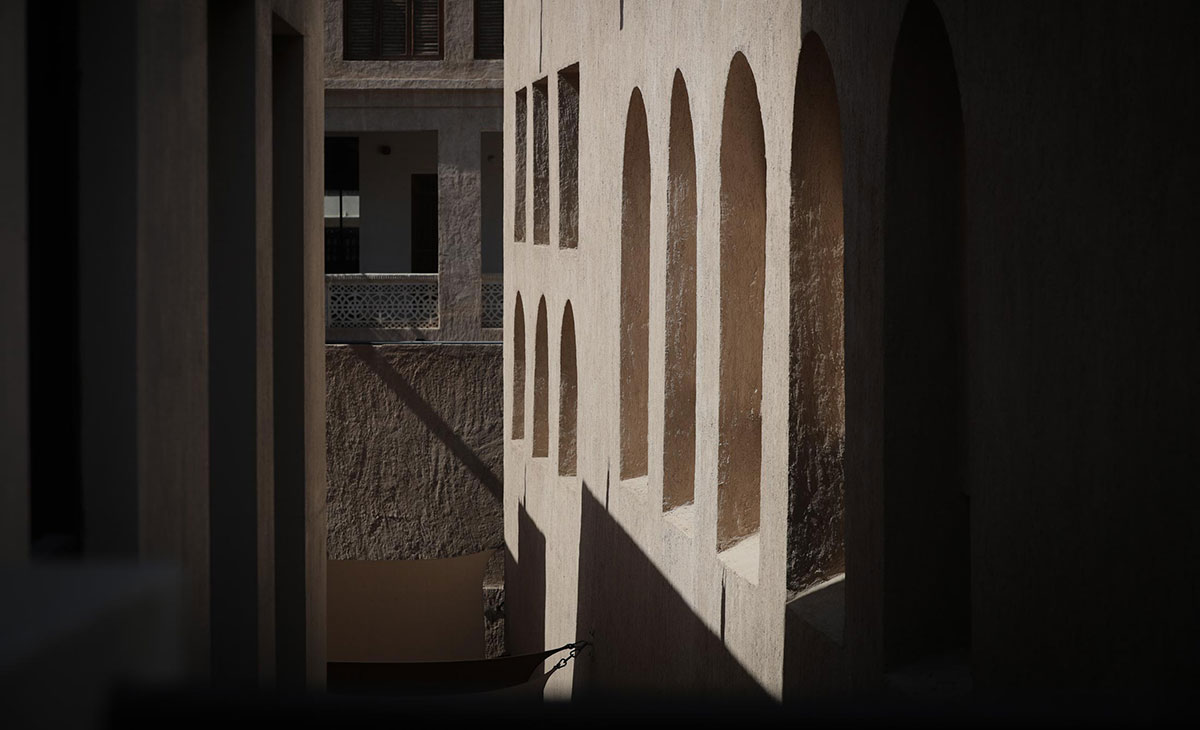Within this age of ‘modern day medicine’, as physicians, nurses and medical professionals we are taught that it’s important to compartmentalise a patient’s symptoms into different categories, fragmenting their ‘presenting complaint’ so that we can understand possible lifestyle, pathological or psychological causes for the body’s ill state.
In medical school for example, there are a number of different mnemonics taught to facilitate this process of ‘taking a history’, one of the most famous being the ‘SOCRATES’ assessment of pain, with each letter representing a piece of information to gather from your patient, i.e. S = site, so where is the pain?, O = onset, C = character, R = radiation, A = associated symptoms, T = time, E = exacerbating/relieving factors and S = severity.
Much of modern medical education refers to ancient Greek philosophers such as Socrates and Galen as the ‘forefathers’ of its ethos, however it misses a crucial ingredient that these teachers of the Ageless Wisdom integrated into their practice of medicine. If we were to truly represent Socrates’ approach to pain and patients, we would undeniably be representing a multidimensional relationship to not only the human body, but equally the Soul.
In Charmides by Plato, Socrates describes in depth the inseparable relationship between Soul and Body, with reference to wisdom he had learnt from an ancient king whilst working as an army physician:
“…as you ought not to attempt to cure the eyes without the head, or the head without the body, so neither ought you to attempt to cure the body without the soul; and this,” he said, “is the reason why the cure of many diseases is unknown to the physicians of Hellas [Greece], because they are ignorant of the whole, which ought to be studied also; for the part can never be well unless the whole is well.”
Is it possible to truly measure pain or symptoms based on an entirely physical and three-dimensional understanding of the human body? Or, could the future of medicine be medicine which seeks to heal the whole being by returning us to our essence (the soul) and addressing the spirit, the wayward aspect of our being which seeks separation thus causing our ill behaviours in the first place.
In Galen’s book, ‘The Anatomy of the Soul’, he also highlights the fact that the Soul inhabits the human body during one’s life, also describing in his words that the soul is an important part of the whole. Similarly, Plato describes the relationship to soul as a pivotal consideration in disease diagnoses and treatment;
“The greatest mistake in the treatment of diseases is that there are physicians for the body and physicians for the soul, although the two cannot be separated.” Plato
What is interesting to note about our current medical methods when approaching illness and disease is that the part which is ‘diseased’, e.g. the site of a tumour, a mal-functioning liver, blocked artery etc., is the part which receives most, if not all, the medical attention. However, one part is simply that – a part – and all parts equally make up the whole.
A Case of the Livingness explores how the teachings of the Ancient Wisdom applied today, including an approach to illness and disease which considers our truly multidimensional makeup, can lead to true miracles in medicine and its many sister professions such as dentistry, psychology and Science.



























